Razer officially unveils the svelte AMD Blade 14 gaming laptop. About time, guys
Razer's AMD-based Blade 14 delivers the finest Ryzen gaming laptop CPU for $1,799.
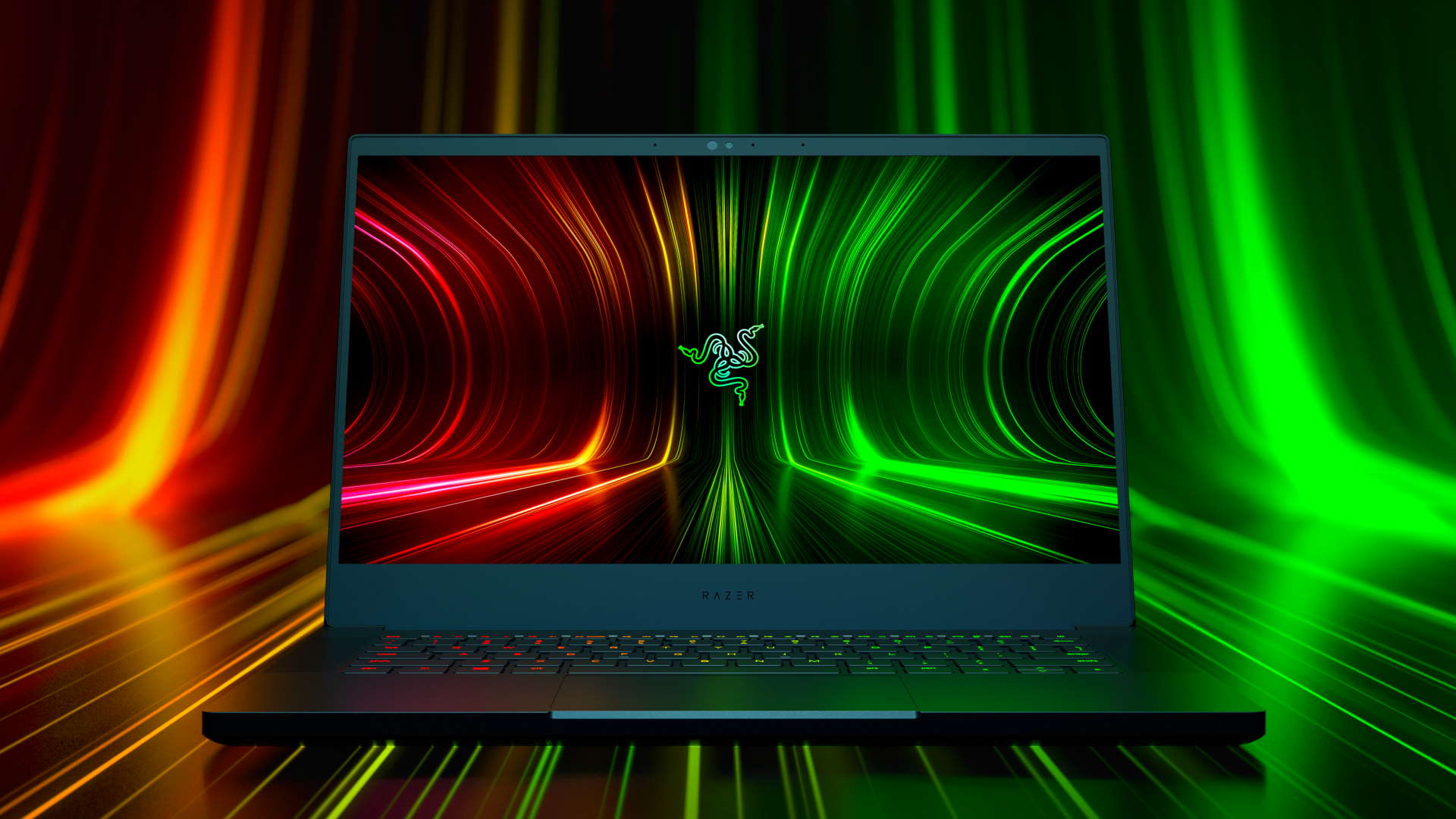
The new AMD-powered Razer Blade 14 is probably one of the worst kept secrets of the year. Hell, Min Lian-Tan and Frank Azor have been knowingly teasing fans on Twitter for ages, long after we knew it was coming. But it's finally been revealed at Razer's E3 show, and some would say, it's about time.
But this is not just a standard Blade laptop with a new AMD Ryzen 5000-series CPU thrown into it, Razer has engineered a whole new class of Blade machine. This is the first 14-inch notebook it's made since Windows 8.1 was a thing, and more powerful than anything in the same ballpark.
There's a chance that separating AMD out into its own little 14-inch niche was a good way of keeping Intel and Nvidia sweet when it comes to its other range of notebooks, but a 14-inch AMD machine is also likely being made now because Razer's been looking covetously at Asus' impressive ROG G14 machine.
That notebook served as one of the flagship Ryzen laptops of the first new wave. Indeed in its marketing for the Blade 14 Razer is evidently throwing shade Asus' way when it talks about the materials and max GPU choice of the competition.
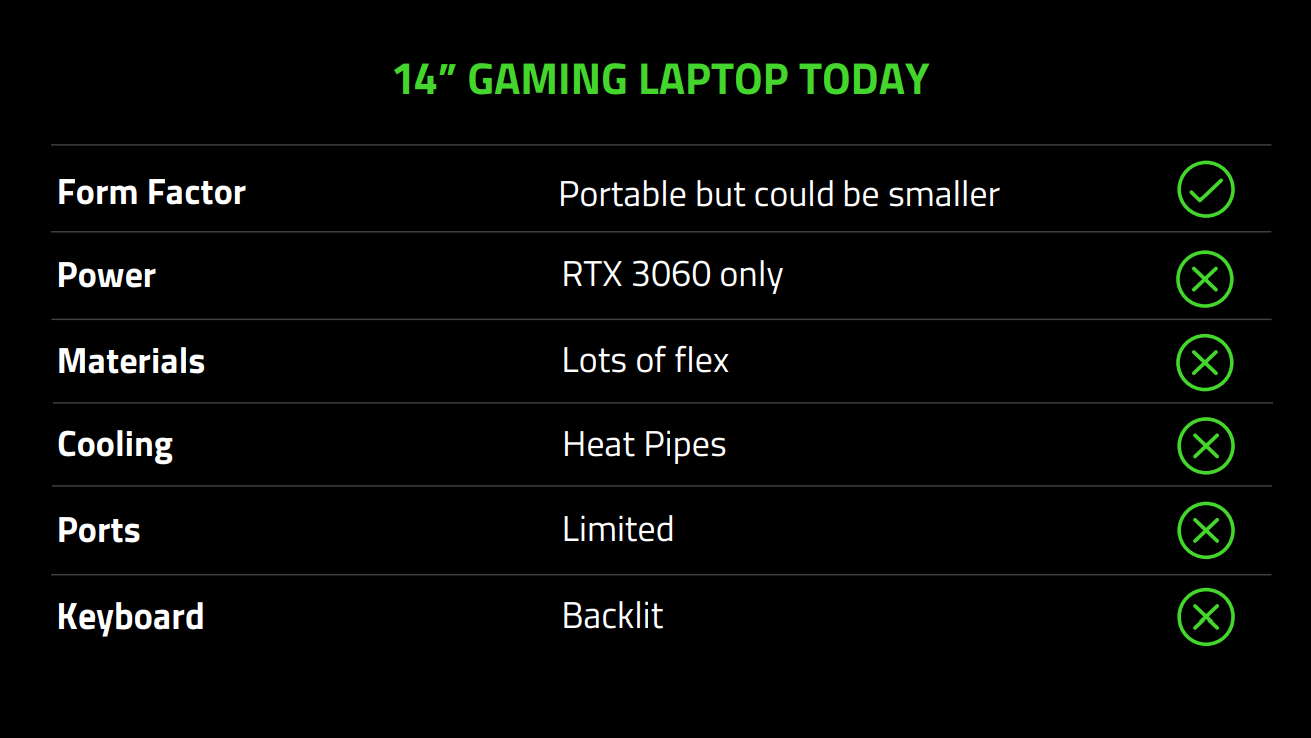
With 'lots of flex' in the rival machine, and an RTX 3060 as the top GPU, it's clear where Razer sees its advantage. The new Blade 14 is using super-skinny CN aluminum to make its chassis as rigid as you could want, and is offering SKUs with up to a 100W TGP RTX 3080 inside it.
Considering the Razer Blade 15 Advanced I'm typing on here is only sporting a 95W RTX 3080, that's seriously impressive from such a svelte design.
But the chassis and the graphics card are actually the least exciting things to talk about when it comes to the Razer Blade 14. It's the fact it's using AMD's Ryzen 9 5900HX processor at its heart that is the really big news. Sadly AMD's naming conventions differ from desktop to mobile, and so the Ryzen 9 5900HX is a completely different spec to the Ryzen 9 5900X. This is an eight-core, 16-thread chip, while on the desktop that gets you a 12-core, 24-thread processor.
The biggest gaming news, reviews and hardware deals
Keep up to date with the most important stories and the best deals, as picked by the PC Gamer team.
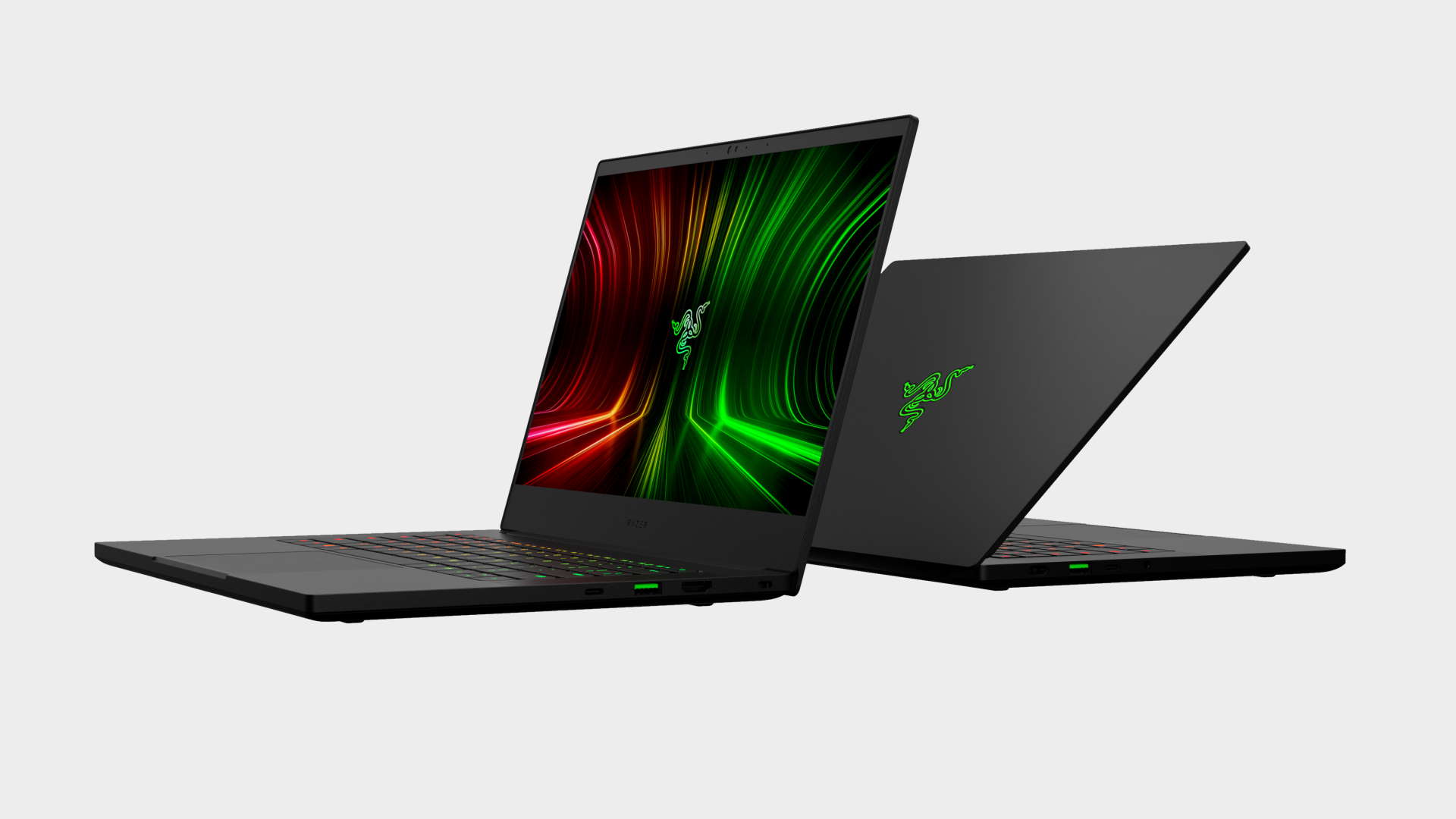
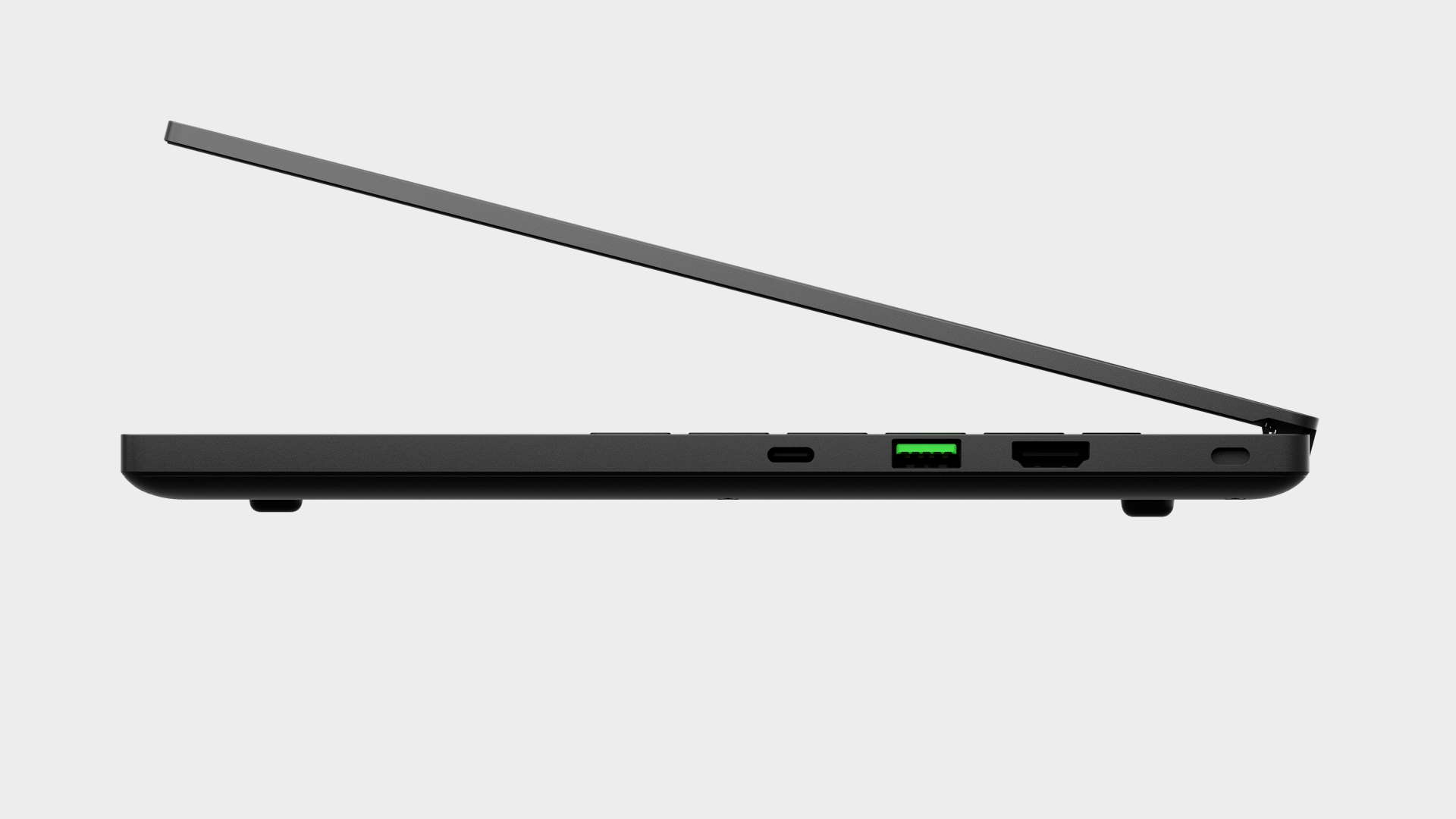
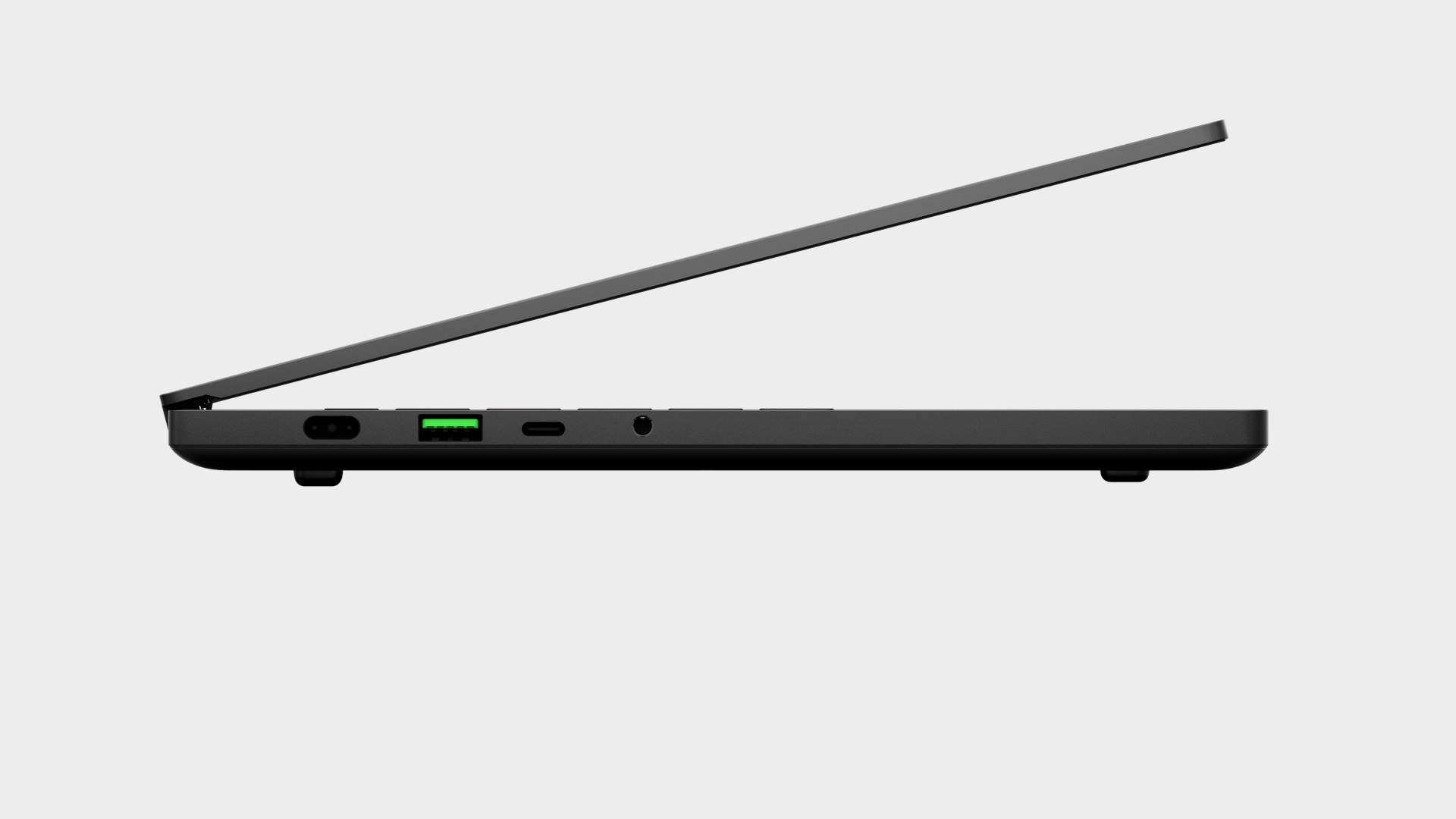
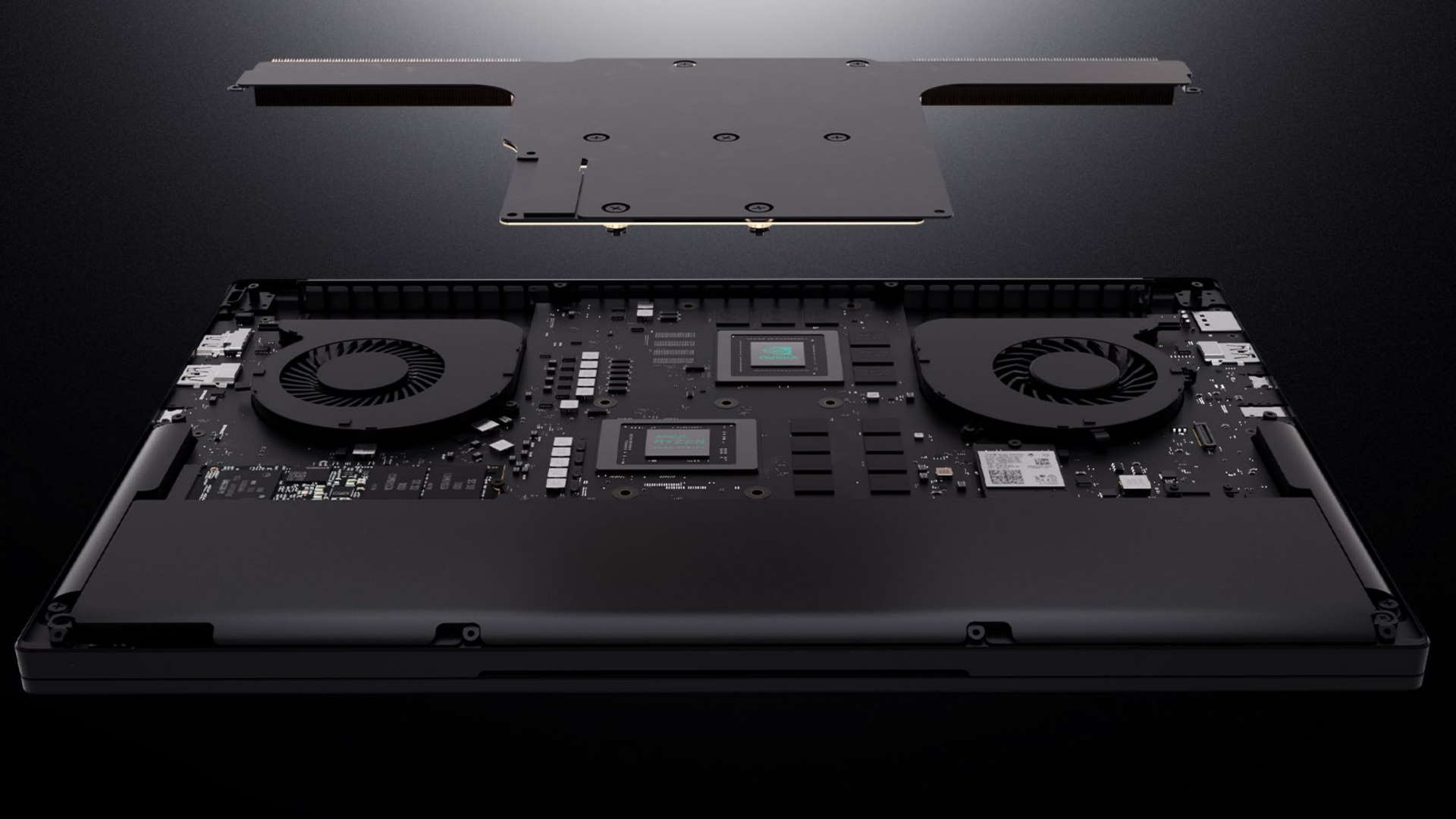
But the mobile 5900HX is still a mighty Ryzen, with a 3.3GHz base and 4.6GHz boost clock speed. It's about as powerful a processor as you'll find in a gaming laptop, and most especially in one you can just sling into a messenger bag.
Razer is also talking about up to 12 hours of battery life out of this wee thing, though if you're smushing that 100W RTX 3080 into the 61.6WHr battery I'd assume you're going to be looking at a lot less than that. Most especially if you're rocking the IPS-like QHD, 1440p, 165Hz panel option too.
There is a HDMI 2.1 port too should you want to export to a 4K monitor or TV at 120Hz, which is maybe something you might not expect from a slimline 14-inch notebook. There are actually a decent number of ports on this skinny machine too, the same as you get on the beefier Blade 15 laptops.
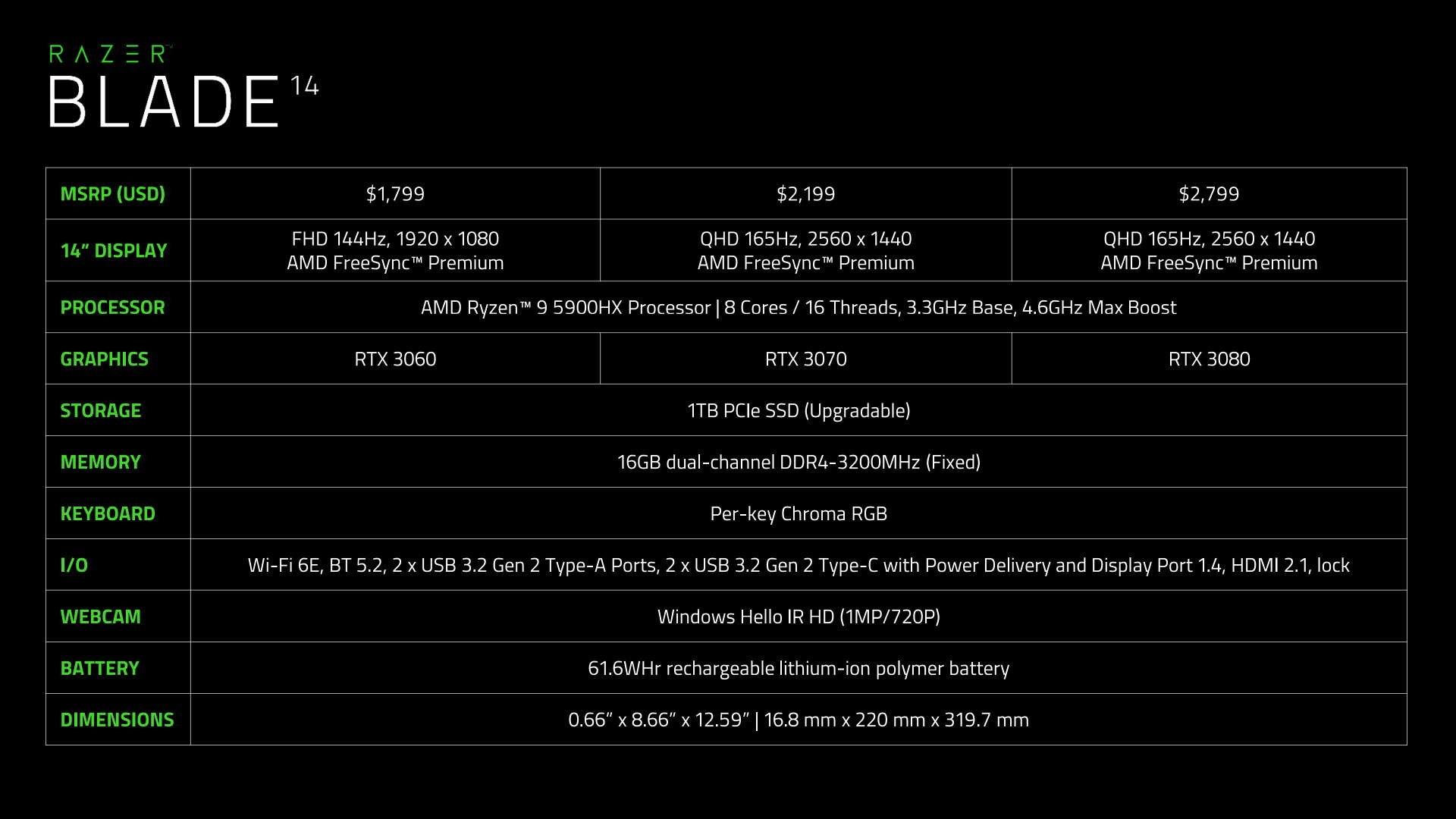
The new Blade 14 is going on sale now, with three models and prices starting at $1,799 for the 144Hz 1080p option with an RTX 3060. There are also RTX 3070 and RTX 3080 machines with that 1440p 165Hz screen option for $2,199 and $2,799 respectively. They all come with the same Ryzen 9 5900HX chip, 16GB 3,200MHz RAM, and 1TB PCIe SSD, and would all make for a stellar gaming laptop.

Dave has been gaming since the days of Zaxxon and Lady Bug on the Colecovision, and code books for the Commodore Vic 20 (Death Race 2000!). He built his first gaming PC at the tender age of 16, and finally finished bug-fixing the Cyrix-based system around a year later. When he dropped it out of the window. He first started writing for Official PlayStation Magazine and Xbox World many decades ago, then moved onto PC Format full-time, then PC Gamer, TechRadar, and T3 among others. Now he's back, writing about the nightmarish graphics card market, CPUs with more cores than sense, gaming laptops hotter than the sun, and SSDs more capacious than a Cybertruck.

